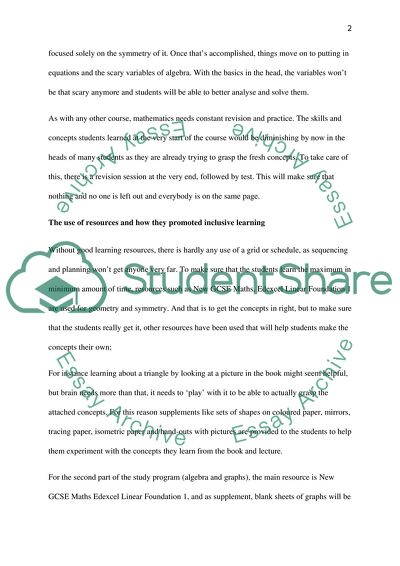Cite this document
(TETA 1055 Certificate in Teaching in the Lifelong Learning Sector Report Example | Topics and Well Written Essays - 1500 words, n.d.)
TETA 1055 Certificate in Teaching in the Lifelong Learning Sector Report Example | Topics and Well Written Essays - 1500 words. https://studentshare.org/education/1801095-teta-1055-certificate-in-teaching-in-the-lifelong-learning-sector
TETA 1055 Certificate in Teaching in the Lifelong Learning Sector Report Example | Topics and Well Written Essays - 1500 words. https://studentshare.org/education/1801095-teta-1055-certificate-in-teaching-in-the-lifelong-learning-sector
(TETA 1055 Certificate in Teaching in the Lifelong Learning Sector Report Example | Topics and Well Written Essays - 1500 Words)
TETA 1055 Certificate in Teaching in the Lifelong Learning Sector Report Example | Topics and Well Written Essays - 1500 Words. https://studentshare.org/education/1801095-teta-1055-certificate-in-teaching-in-the-lifelong-learning-sector.
TETA 1055 Certificate in Teaching in the Lifelong Learning Sector Report Example | Topics and Well Written Essays - 1500 Words. https://studentshare.org/education/1801095-teta-1055-certificate-in-teaching-in-the-lifelong-learning-sector.
“TETA 1055 Certificate in Teaching in the Lifelong Learning Sector Report Example | Topics and Well Written Essays - 1500 Words”. https://studentshare.org/education/1801095-teta-1055-certificate-in-teaching-in-the-lifelong-learning-sector.


